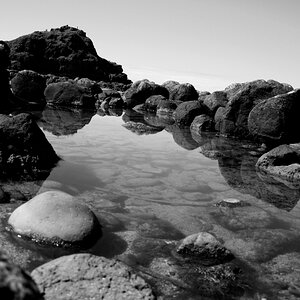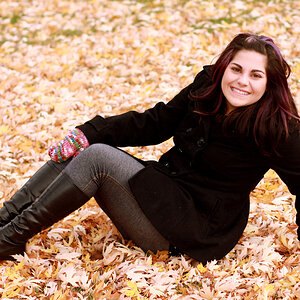smurf4t
TPF Noob!
- Joined
- May 12, 2012
- Messages
- 75
- Reaction score
- 6
- Location
- London, UK
- Can others edit my Photos
- Photos NOT OK to edit
Hi. I'm new to all of this. I take a pretty good photo and am relatively good at photoshop. I have a 60d canon, tripod, wide angel, 50mm 1:8, 70-200 f4L, lens, remote, external flash. What other kit should I get??
I'll mainly be doing lifestyle , portrait photography of children and families. I have been asked to do product photography. - Of large items such as fish tank cupboards. What lighting would you use?
I'll mainly be doing lifestyle , portrait photography of children and families. I have been asked to do product photography. - Of large items such as fish tank cupboards. What lighting would you use?


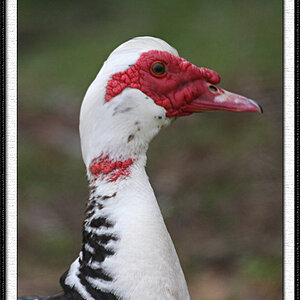
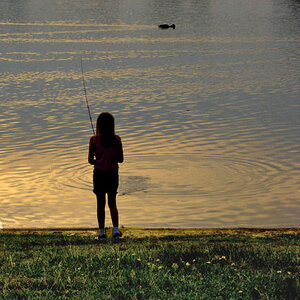
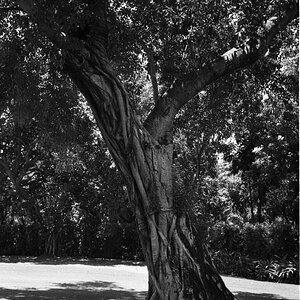
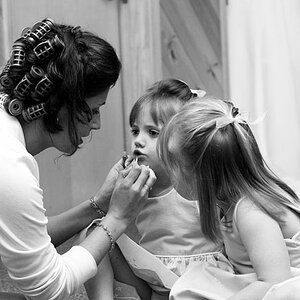
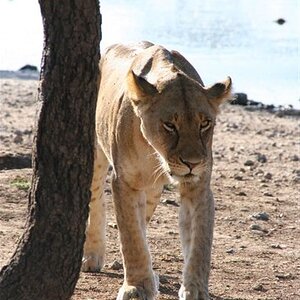
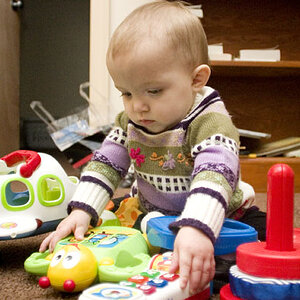
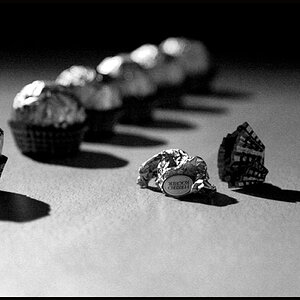
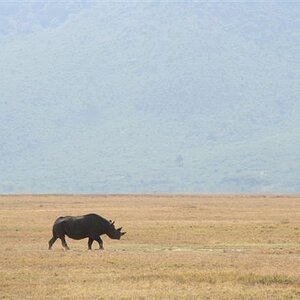
![[No title]](/data/xfmg/thumbnail/42/42015-c5cdef195e2aab7b272f0c03437c42c4.jpg?1619739978)
